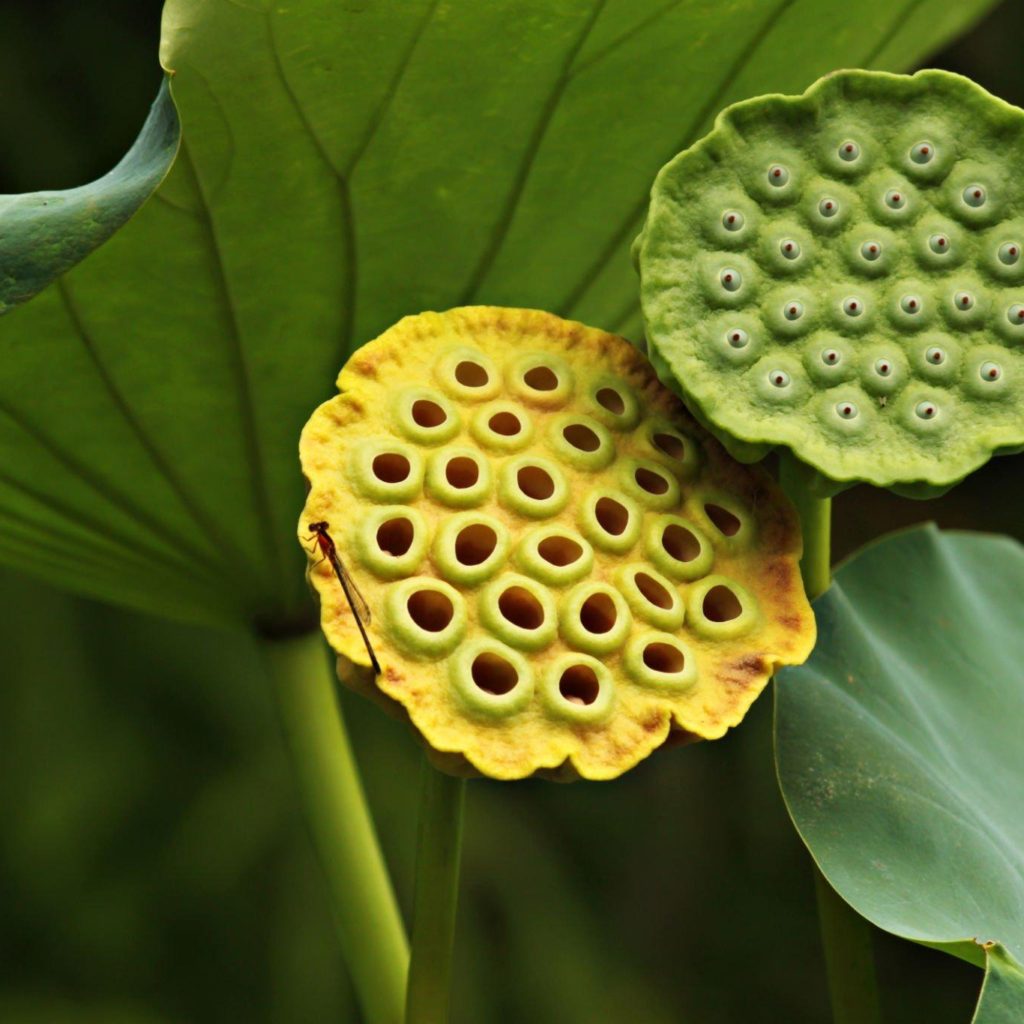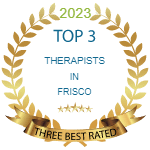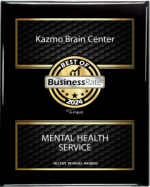Have you ever looked at a sunflower, honeycomb, sponge, or even a seedy fruit and felt intense fear or disgust? If so, you may be experiencing tropophobia – a type of anxiety disorder caused by patterns with many holes. Even if these objects don’t trigger true fear in you, it’s still possible to manage your repulsion through exposure therapy. This blog post will discuss trypophobia and how to manage it effectively!
What exactly is trypophobia?
Trypophobia is an aversion or repulsion to objects with repetitive patterns or clusters of small holes, such as honeycombs and sponges. The pattern of holes disgusts people who have trypophobia. They are not necessarily afraid of holes.
What causes trypophobia?
The closer a person is to a holey object or image, the more likely they are to react negatively to it. Trypophobia triggers may include:
- Bread and bagels with seeds.
- Cheese with holes.
- Fruits with small seeds, such as strawberries, raspberries, papaya, and kiwi.
- Honeycombs, sunflower seeds, and lotus seed pods.
- Insects and bees.
- The skin is on snakes, lizards, frogs, and other reptiles.
- The soles of shoes.
- Sponges.
How widespread is trypophobia?
According to some studies, up to 17% of children and adults (roughly one in every six people) suffer from trypophobia. It is a relatively new disorder that was first identified in 2005.
After news stories reported that people reacted negatively to clusters of tiny camera lenses on certain smartphones, more people became aware of trypophobia. Furthermore, the TV show “American Horror Story: Cult” featured a character who suffered from trypophobia. Some viewers were repulsed by the show’s triggering images, which raised awareness of the phobia.
What is the source of trypophobia?
Experts are baffled as to why some people develop trypophobia. According to one theory, the brain associates clusters of holes with danger. For example, you might associate a pattern of small holes with a venomous snake’s skin or a tarantula’s eyes. Alternatively, the holes may remind you of skin diseases or rashes.
Another theory is that your brain expends more energy and oxygen while processing holey patterns, resulting in distress. It could also be a symptom of obsessive-compulsive disorder (OCD).
How does one develop trypophobia?
Trypophobia affects more women than men. You may be more prone to trypophobia if you have the following:
- Anxiety.
- Depression.
- Obsessive-compulsive disorder (OCD).
What are trypophobia symptoms?
Trypophobia can cause:
- Chills.
- Choking or dry mouth.
- Fast breathing and heart rate.
- An intense feeling of disgust or terror.
- Pale skin.
- Profuse sweating (Hyperhidrosis).
- Nausea.
- Trembling or shaking.
Is there a treatment for trypophobia?
If you have trypophobia, that means you are afraid of the look of clusters of small, bumpy objects. Exposure therapy can help you learn to manage your reactions to these triggers, and most people who receive it overcome their phobia.
During exposure therapy, your healthcare provider will help you learn to confront your fears in a safe and controlled way. It will help you feel less afraid and more in control, which will help you live a more comfortable life.
The app will teach you how to breathe and relax before and during exposure to things that make you feel scared or anxious. It will also show you images or videos of clusters or patterns of holes, which will help you manage your response. Eventually, you may be able to explore things with a holey pattern, like a sponge. Cognitive behavioral therapy (CBT) can also help.
Some people use anti-anxiety medications to help them feel better in situations that make them anxious. However, these medications don’t usually work well for people with specific phobias. If you know that a particular situation will make you anxious, your doctor may prescribe anti-anxiety medication to help you for a short time.
If you have trypophobia, we can help you get help. We, Kazmo Brain Center, and our team of professionals can help you overcome your trypophobia.







